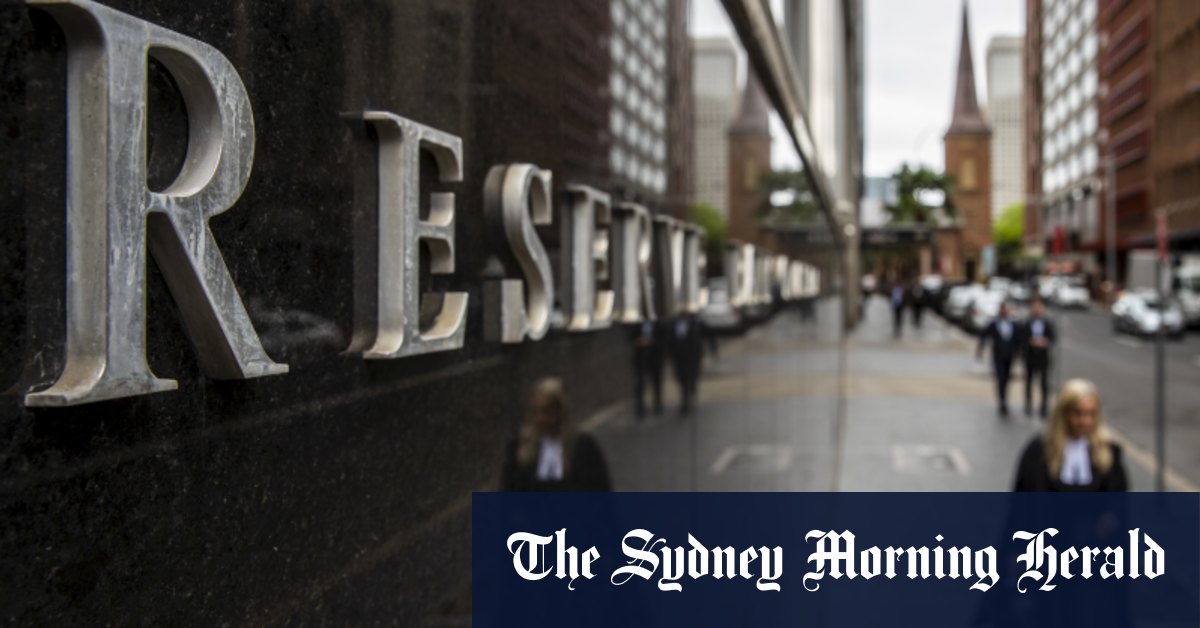RBA had to act boldly at a time of economic crisis

The Reserve Bank of Australia has come under fire from some quarters in recent months for sitting on the sidelines while the economy slumped but on Tuesday it demonstrated its enormous firepower and its will to act by announcing a series of unprecedented, unconventional policies.
The RBA cut rates to 0.25 per cent at the start of the crisis in March but since then it has left the federal government to make the running on economic policy. This piqued many economists and former prime minister Paul Keating, who said the RBA was too beholden to economic orthodoxy, meaning it was too wary of measures such as cutting interest rates to zero or buying the bonds the government issues to finance its budget deficits.
In ordinary times, economists fear these measures encourage governments to spend recklessly and will eventually drive up inflation.
Mr Keating said the RBA should drop its inhibitions and help governments finance a recovery. “When a real crisis is upon us, the RBA is invariably late to the party,” Mr Keating said in September.
In fact, the economy has performed slightly better than expected six months ago. The RBA thinks the economy is now growing and unemployment will only rise to eight per cent compared to the 10 per cent forecast six months ago.
Yet despite that, the RBA on Tuesday adopted the measures Mr Keating wanted. It is a sign the bank fears the recovery is stalling. ”The pandemic has inflicted significant damage on our economy,” RBA governor Philip Lowe said after the bank’s annual Melbourne Cup day board meeting.
The bounce back after lockdowns is largely over and a long grind lies ahead. The RBA expects unemployment will still be around 6 per cent at the end of 2022 and warns job creation must be “an important national priority”.
Fiscal policy is not doing enough to stimulate the economy. The tax cuts in the federal budget are a step in the right direction but they will barely compensate for the drag from the withdrawal of other support, such as the JobKeeper and JobSeeker payments, the early access to superannuation, and the end of the holiday on mortgage repayments.
Mr Keating has chided the RBA for dithering, on Tuesday noting ironically that the central bank had “arisen from its monetary slumber and its long, fruitless search for the inflation dragon”.
Yet the RBA probably had to wait to see the delayed federal budget before taking further action. It can also rightly argue that, until the lockdowns were over, no amount of monetary stimulus would encourage businesses to invest and create jobs.
In any case, now that the RBA has moved, it has moved hard. The cut in the official rates from 0.25 per cent is small but the RBA has said it will not lift it for at least the next three years.
The RBA has also embraced with both arms the unconventional policy known as quantitative easing, which has been used in Europe, the US and Japan, when interest rates are at zero and cannot be cut lower.
The RBA will spend $100 billion buying government bonds, using its power to print money to finance the huge state and federal budget deficits over the next few years.
The overall effect will be a flood of cheap money, which will reduce the cost of borrowing for governments, businesses and individuals.
Not everyone will be happy. The interest rate on bank deposits will fall to practically nothing. But that is deliberate. The RBA wants to encourage people to start spending the $100 billion in cash stashed in banks since the start of the recession or at least switch to investments that directly finance business ventures such as shares and property.
No doubt these measures are unconventional but, at times of crisis, the safest course often involves taking bold decisions.
Note from the Editor
The Herald editor Lisa Davies writes a weekly newsletter exclusively for subscribers. To have it delivered to your inbox, please sign up here.
Since the Herald was first published in 1831, the editorial team has believed it important to express a considered view on the issues of the day for readers, always putting the public interest first. Elsewhere, we strive to cover a diversity of views without endorsing any of them.
Most Viewed in Business
Source: Thanks smh.com